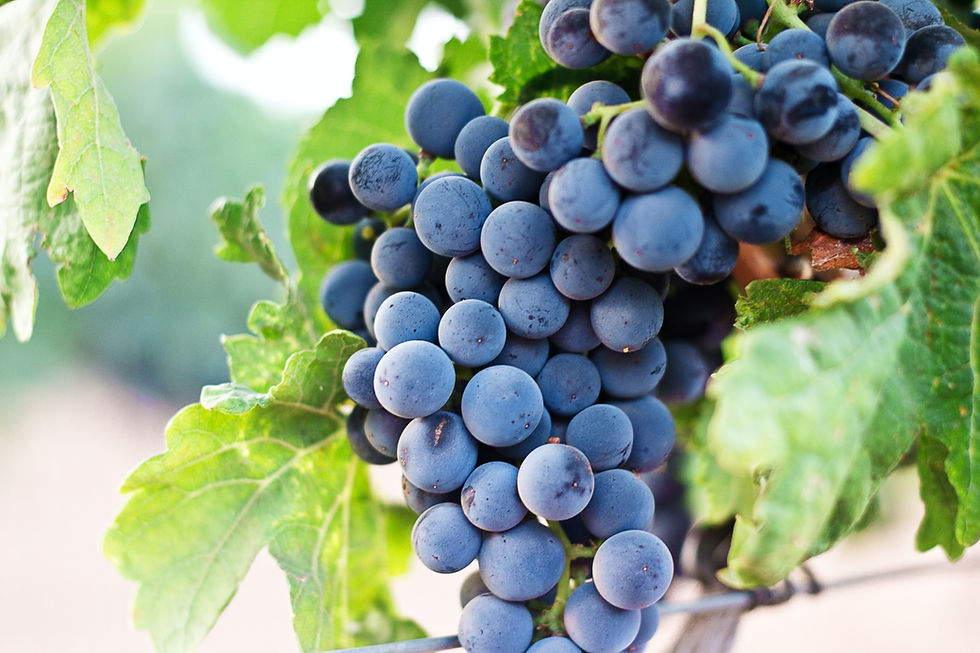Spirit of Wine of the Wise: Alchemy Recipe
- Sylvia Rose

- Oct 1, 2024
- 4 min read
Updated: Oct 2, 2024
Spirit of wine, or spirits of wine, is a common alchemical ingredient in medical remedies and recipes of chemical transformation. This recipe comes from Basil Valentine, a legendary 14th century monk and pseudonym for one or more writers in 18th century Europe.

Alchemy recipes enjoy long-lived popularity as they are published, often included in a larger work, and circulated in the intellectual scientific circles. Like astrology they may be considered occult works, codified with elements of mystery and secrecy. That's how the Rosicrucians start.
Spirit of Wine is fundamentally distilled wine. Different alchemists use various ingredients and techniques. It's often called "our spirit of wine" as Maria the Jewess in c. 100 AD refers to preparation and use of "our lead" and "our copper". Makers guard their knowledge well.

Spirit of Wine of the Wise
"Take four ounces of thrice sublimed spirit of ammonia, and ten ounces of the spirit of wine distilled over salt of tartar so that it is quite clear. Place in phial over a digestive fire, until the spirit of wine is filled with the fire or sulfur of the salt of ammonia. Distill thrice, and this constitutes our spirit of wine.
And, over a circulatory fire, it may become a useful and efficacious medicine."

Elements in this Process
Distillation - Releasing the Spirit of Wine
This typically refers to simple distillation, the common method for hundreds of years. The wine is heated in a retort or alembic. Vapors rise and condense back into liquid which runs down the spout of the retort into a collector vessel. Distillation may be repeated several times.
The final product will be a concentrated alcohol solution containing more alcohol than the original wine. Spirit(s) of wine can also refer to brandy if it's distilled numerous times.

Salt of Tartar (K2CO3)
Potassium bitartrate is also called potassium acid tartrate. It's produced through heating of cream of tartar, a white crystal or powder byproduct derived from the winemaking process.
Cream of tartar is created within wine barrels as part of the fermentation. It originates from tartaric acid, a naturally present compound in grapes and certain other tart fruits, and potassium.

Cream of Tartar (KC4H5O6)
It is used as a component of baking powders and baking mixes, as mordant in textile dyeing, as reducer of chromium trioxide in mordants for wool. Other uses include as a metal processing agent to prevents oxidation and as an intermediate for other potassium tartrates.
It works as a cleaning agent when mixed with a weak acid such as vinegar. Medical uses include as a medical cathartic, as a diuretic, and as a historic veterinary laxative and diuretic.

Spirits of Ammonia
Ammonia is a colorless, highly irritating gas with a pungent suffocating smell. The gas easily dissolves in water to create a fierce ammonium hydroxide solution which can be caustic and burn. When compressed, ammonia gas transforms into a transparent, colorless liquid.
Distillation of ammonium sulphate converts nitrogen to ammonia (gas). The ammonia gas is led through a condenser or to the top of retort where it reforms as a liquid and runs into a collector vessel. The liquid in the collector vessel is the vaunted spirit(s) of ammonia.

In nature ammonia is created by nitrogen fixation process of plants. Nitrogen fixation implies transformation of the relatively non-reactive atmospheric N2 into its more reactive compounds (nitrates, nitrites, or ammonia).
"Thrice sublimed" spirits of ammonia refers to the alchemical process of sublimation, or turning a solid into a gas without a liquid stage in between. When ammonia is heated to decomposition, it emits toxic fumes and nitrogen oxides.

Salt of Ammonia (ammonium carbonate)
Ammonium carbonate is an ammonium salt coming from carbonic acid. Ammonium carbonate contains nitrogen, hydrogen, carbon, and oxygen. It readily degrades to gaseous ammonia and carbon dioxide on heating. It's used as a leavening agent and smelling salts.
Digestive Fire
Digestion is an alchemical process in which the digestive fire burns at a low, steady temperature for hours or even days. Vessels containing a substance are buried full or part way. The digestive vessel is sometimes called an egg due to its shape.
Horse dung is commonly used in digestion as the breakdown of its components creates steady heat, and the product is free to pick up on the streets. .

Non-Fiction Books:
Fiction Books:
READ: Lora Ley Adventures - Germanic Mythology Fiction Series
READ: Reiker For Hire - Victorian Detective Murder Mysteries


